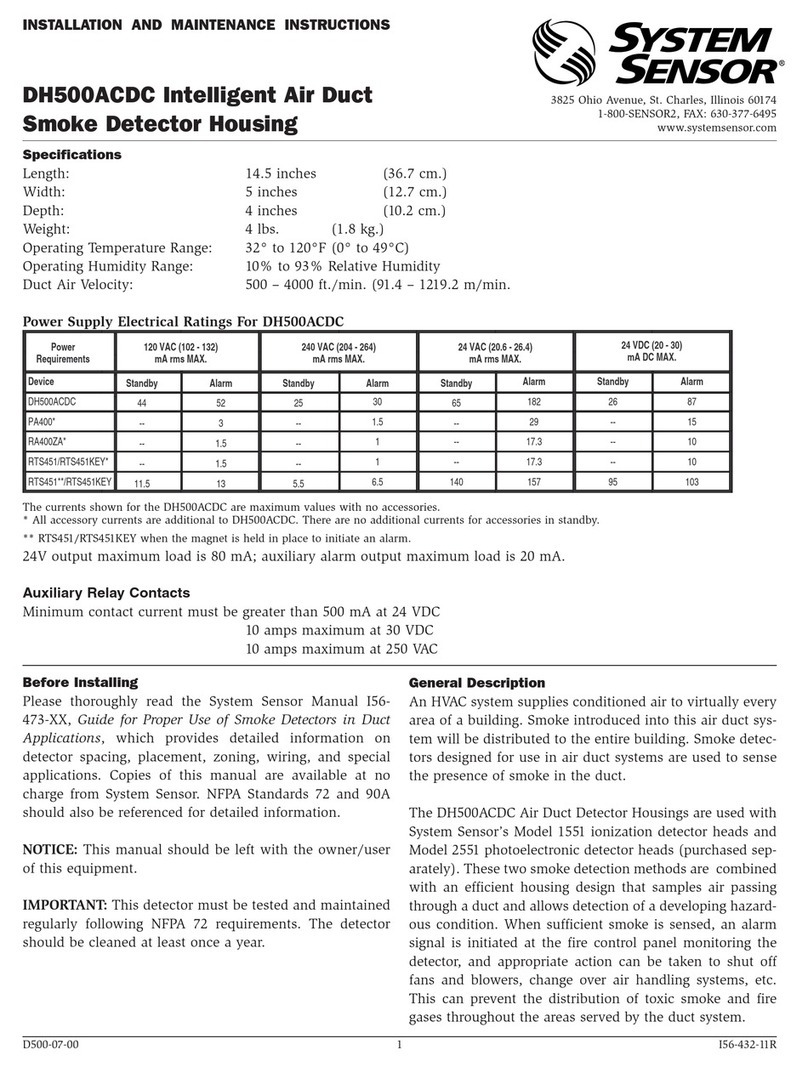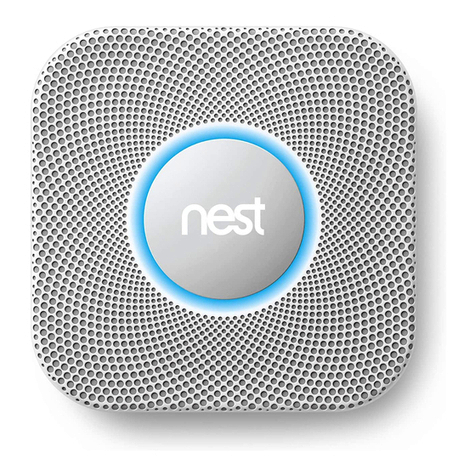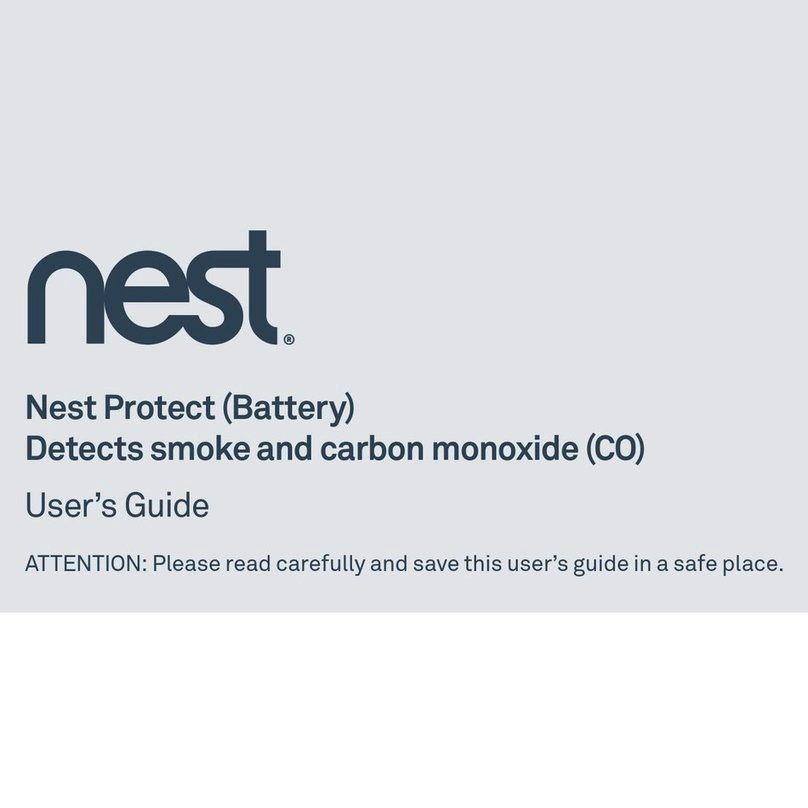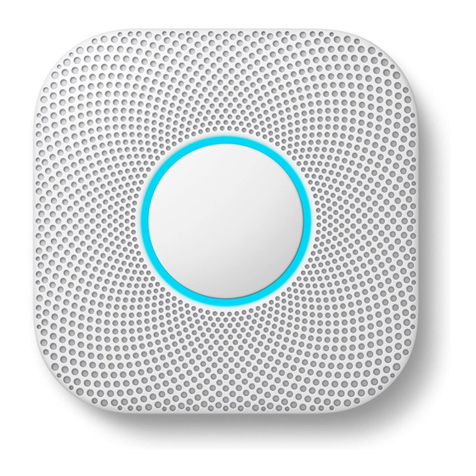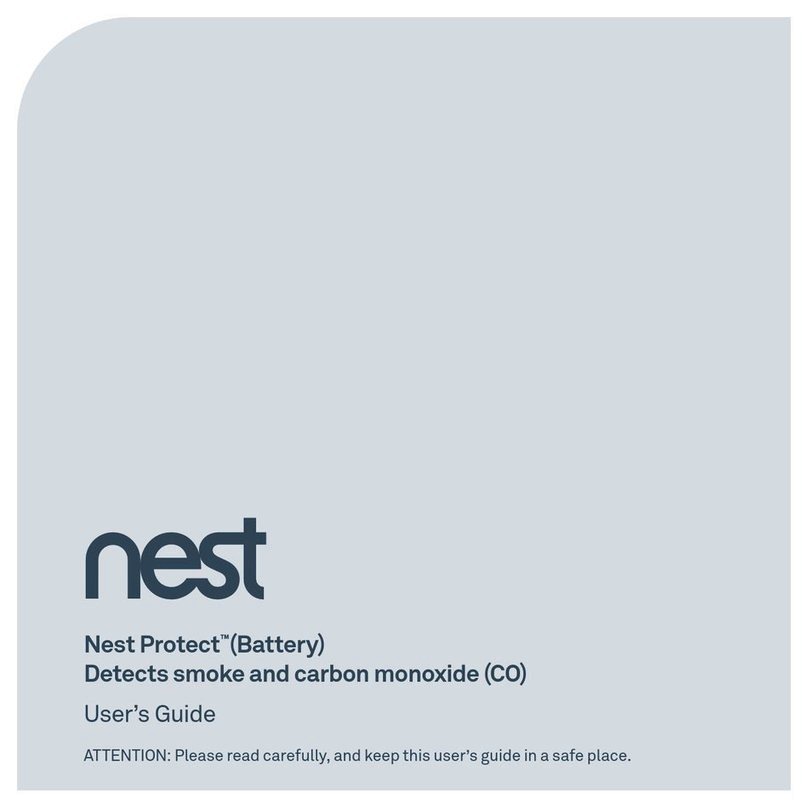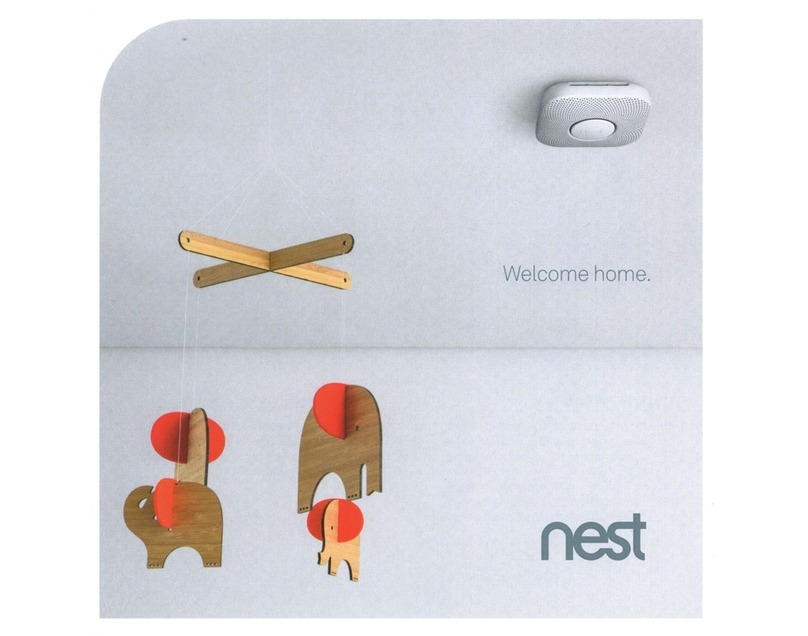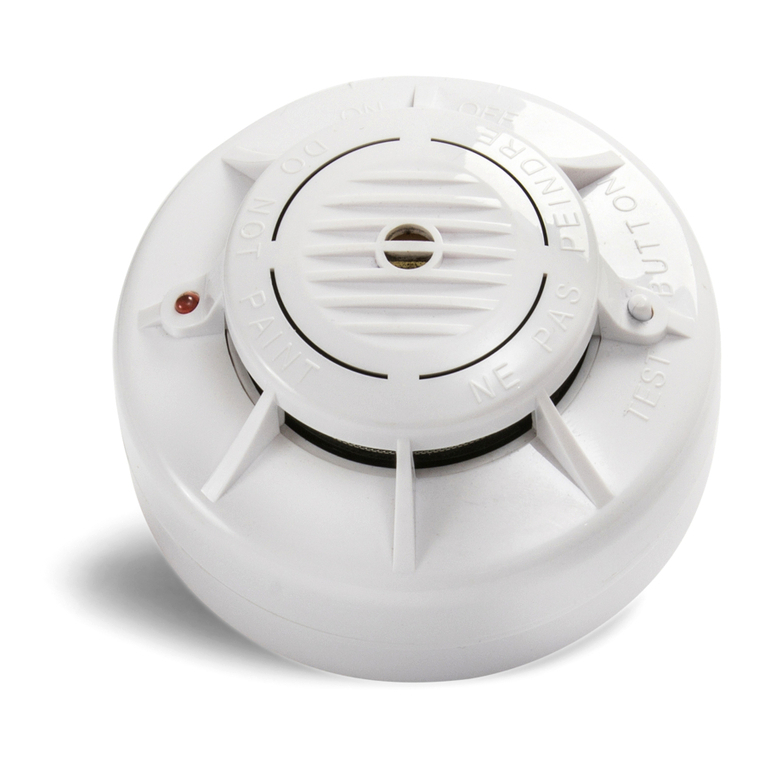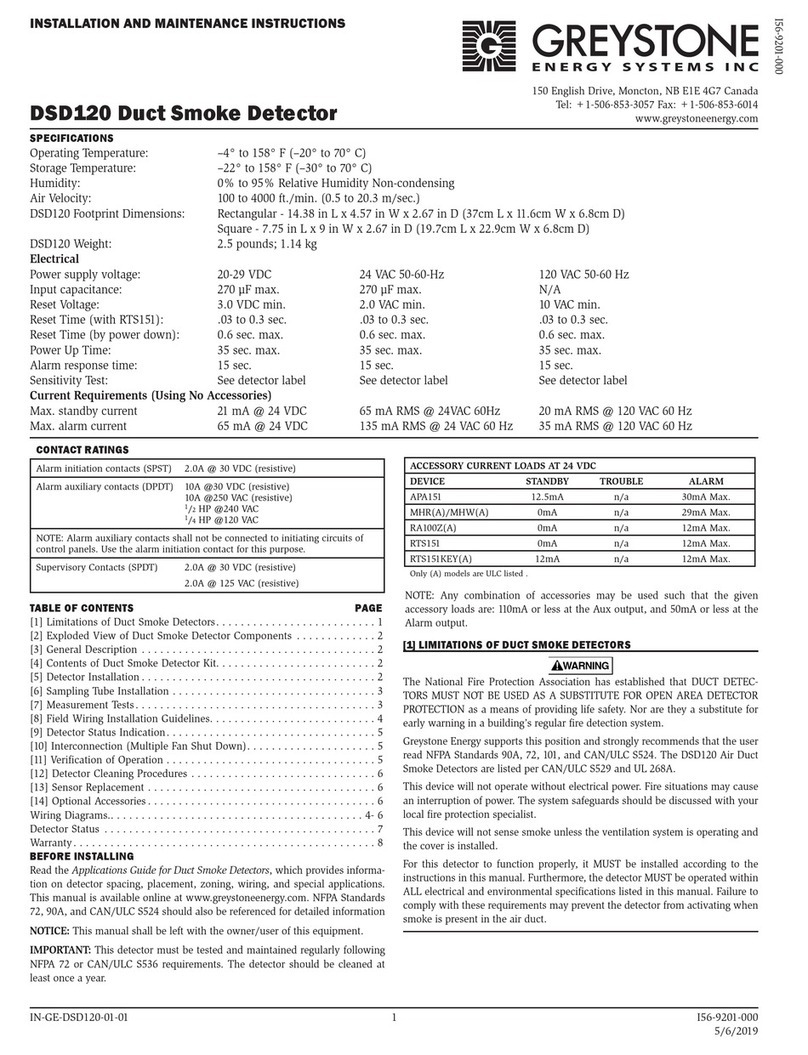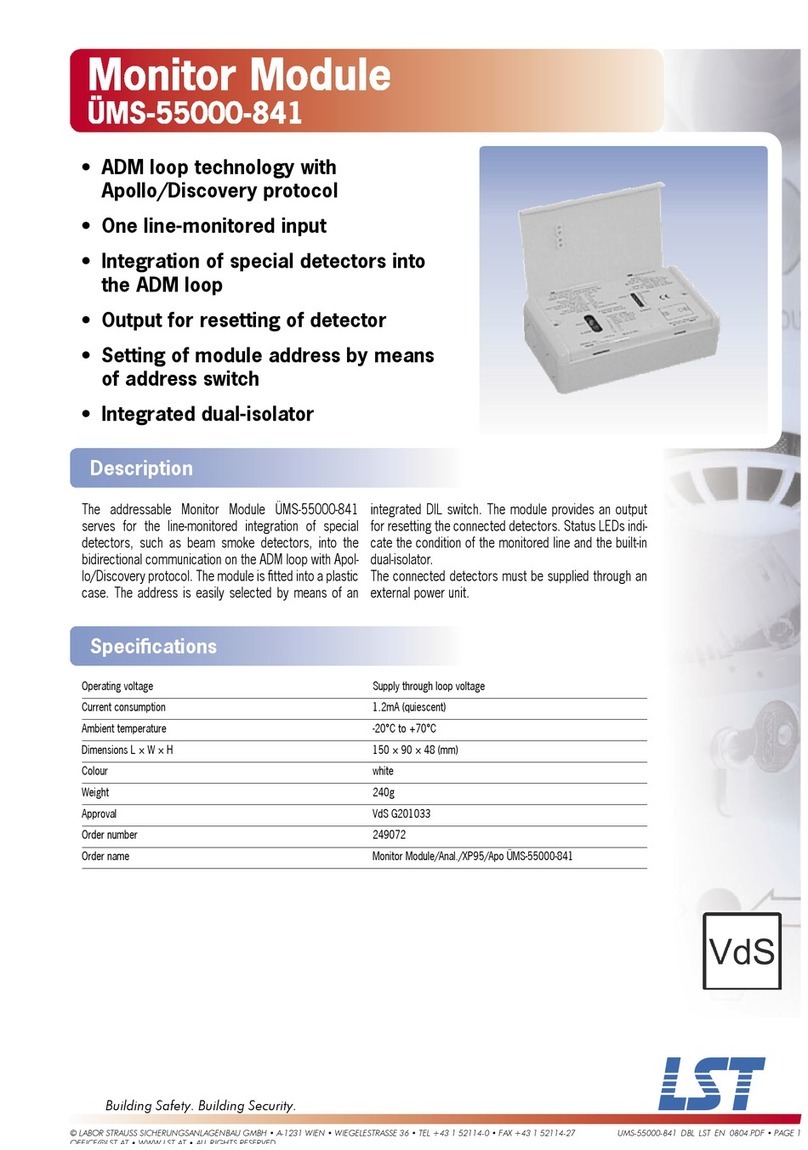
Nest Protect Back plate 4 mounting screws
4
Inside the box, you’ll find:
MEET YOUR NEST PROTECT
Nest Protect is designed to detect smoke and
carbon monoxide in a residential environment.
It has multiple sensors to help it understand
what’s happening in your home, including a
Split-spectrum Sensor to detect a wide range
of slow-smouldering and fast-flaming fires.
The installation of this apparatus should be
carried out by a competent person. This guide
covers the installation of Nest Protect (Battery)
– Model number A0124.
REQUIREMENTS
You need Wi-Fi, an iOS or Android phone or
tablet and a free account in order to use some
Nest Protect features: spoken room names,
wireless mobile notifications and software
updates. During setup, Wi-Fi and a free account
are required for wireless interconnect and room
naming. After all the Nest Protects in your home
are connected, they can communicate with
each other without Wi-Fi.




